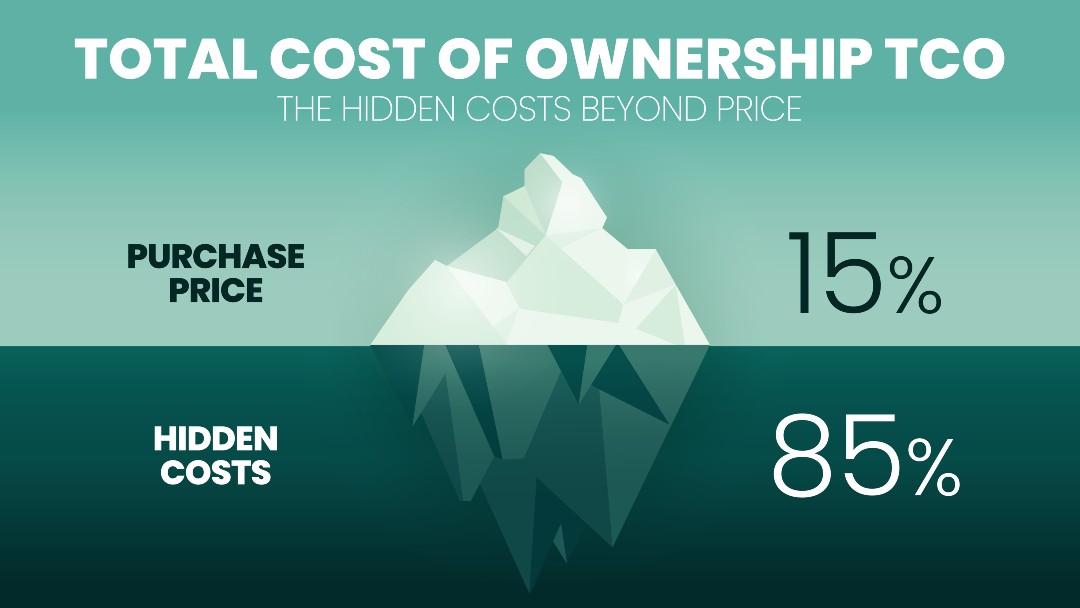Digitisation will continue unabated in 2024, as it did in 2023. Side by side, customer experience (CX) continues to evolve in response to changing expectations. Such experiences will depend on real-time insights for context. It will also blend artificial intelligence (AI), personalisation and seamless omnichannel interactions. Here are the key digital experience trends and digital experience management strategies for 2024 .
1. Real-time analytics
Today, customer-focused analytics has become more sophisticated than ever before.
The realisation has set in that data and trends have a very short shelf life in today’s fast-paced world. As such, live insights and action have become the norm. The latest analytics tools monitor customer behaviour and track performance metrics in real-time. Businesses deliver content based on live customer data and context to elevate engagement and experience.
Advanced machine learning (ML) algorithms analyse vast amounts of data in seconds. These tools look into purchase activity, web behaviours, support requests, and more. They add situational data such as location, weather, and localised events.
Brands and marketers will use such data to innovate and deliver unique experiences that resonate with customers.
2. Hyper-personalisation at scale
Today’s customers have multiple choices for anything, and such choices increase by the day. But with such choices, their attention span diminishes. One-to-one personalisation at scale is the way to sustain deep engagement in today’s experience economy. For this reason, hyper-personalisation will be a dominant theme through 2024.
Brands will leverage personalisation tools to deliver targeted content and offers to customers. AI now enables brands to personalise customer engagement based on profiles and preferences. The latest software uses AI to understand the customer’s motivations and emotional orientation. These tools also identify preferences and friction points unique to every individual.

3. Seamless omnichannel experiences
Customers expect a consistent and interconnected experience regardless of the touchpoint. They want the same experience from a mobile app, web browser, social media, or even when visiting the brick-and-mortar store. For instance, a customer may discover an item while browsing the brand’s Instagram page. He may find the product specifications on the company website. He may use the app to check the price and purchase the product from the brick-and-mortar store. The expectations of a consistent and interconnected experience extend to the post-purchase support phase. Today’s customers do not like to repeat things, such as explaining a problem multiple times to different agents.
In 2024, Generative AI will make omnichannel even smoother and effortless. For instance, generative AI could analyse the customer’s recent activity and predict if they need a follow-up. Marketers and support agents could use such insights to engage with customers on a more informed basis.
4. The increasing popularity of voice and conversational user interfaces
More and more people have started interacting with digital technologies using voice commands. Neuro-linguistic programming (NLP) will improve speech recognition and interoperability. Voice user interfaces (VUI) will mirror natural human dialogues with high accuracy. AI capabilities equip the VUI with a contextual understanding of the matter, making the conversation seamless. Combining voice with visual elements further enhances the customer experience.
In 2024, voice-based interfaces will expand beyond personal use into the corporate domain in a big way. Customers will engage with businesses through voice to place orders and access information.
The spread of conversational AI will make the job of voice-based agents easier. AI bots take care of tasks such as capturing orders and entering them in real-time, with agents only needed for validation. With AI taking care of such basics, agents can focus more on the conversation to engage with customers on their emotional needs. Thus, voice will become a value centre instead of a cost centre.The customer preference for voice will lead to a boom in digital voice assistants and conversational interfaces. Amazon’s announcement of integrating generative AI functionality into Alexa has set the trend. Many platforms are also looking at voice-first accessibility.
The advancement in voice technology, however, has resulted in the rise of the deepfake menace that threatens cyber security in new ways. In 2024, threat actors will leverage AI and voice technology advancements to commit deepfake exploits.
5. Increasing focus on digital support
Digital support is often the weakest link in the customer journey. In most surveys, customers rank the lowest satisfaction for digital support compared to human channels.
In 2024, brands will work to set right the anomaly.
A key trend is the emergence of social media as a dominant customer service channel. More and more brands use social media platforms such as WhatsApp, X and Instagram to offer real-time engagement.
Also, self-service portals will gain more traction. Companies will set up more knowledge bases and interactive tutorials that empower users. These resources will use AI to make personalised recommendations.
6. The changing nature of feedback
Digital experience is evolving. Customer-focused brands depend on an iterative cycle of change, feedback, and change.
But consumers do not give feedback the way they used to. Today, most customers ignore feedback requests, and traditional feedback forms have become meaningless. Also, competitors have started to flood these channels with fake reviews and feedback.
Today, brands have to listen to feedback where customers give it. Very few customers give direct feedback. Two of every three customers do not tell the brand when they have a bad experience. They simply move on. Businesses cannot afford to let go of such customers in today’s tough business environment.
In 2024, brands will put in more effort to capture the direct feedback left by customers in different channels. Possible sources include call centre transcripts, chat conversations and social media posts.
Leveraging these trends to deliver top-notch digital experience requires competent tools. One suite that fits the bill is the Adobe Experience Cloud (AEC). AEC offers a comprehensive set of applications, capabilities and services designed to deliver personalised experiences and connect with customers everywhere. AI-powered recommendations deliver powerful experiences tailored to individual customer preferences and behaviour. Digital Asset Management capabilities ease organising, managing, and delivering digital assets to customers. Cross-channel orchestration ensures a consistent and seamless experience regardless of the touchpoint. With Adobe Experience Cloud, generative AI and real-time insights power seamless content management and one-to-one activation. To learn more about Adobe Experience Cloud, request a free consultation here.











